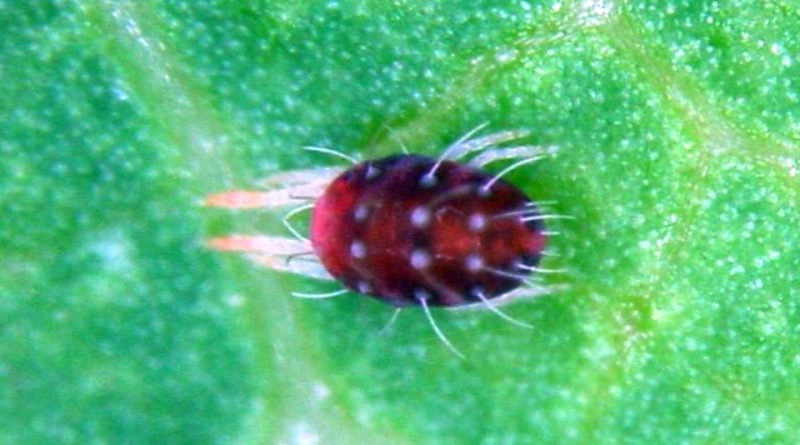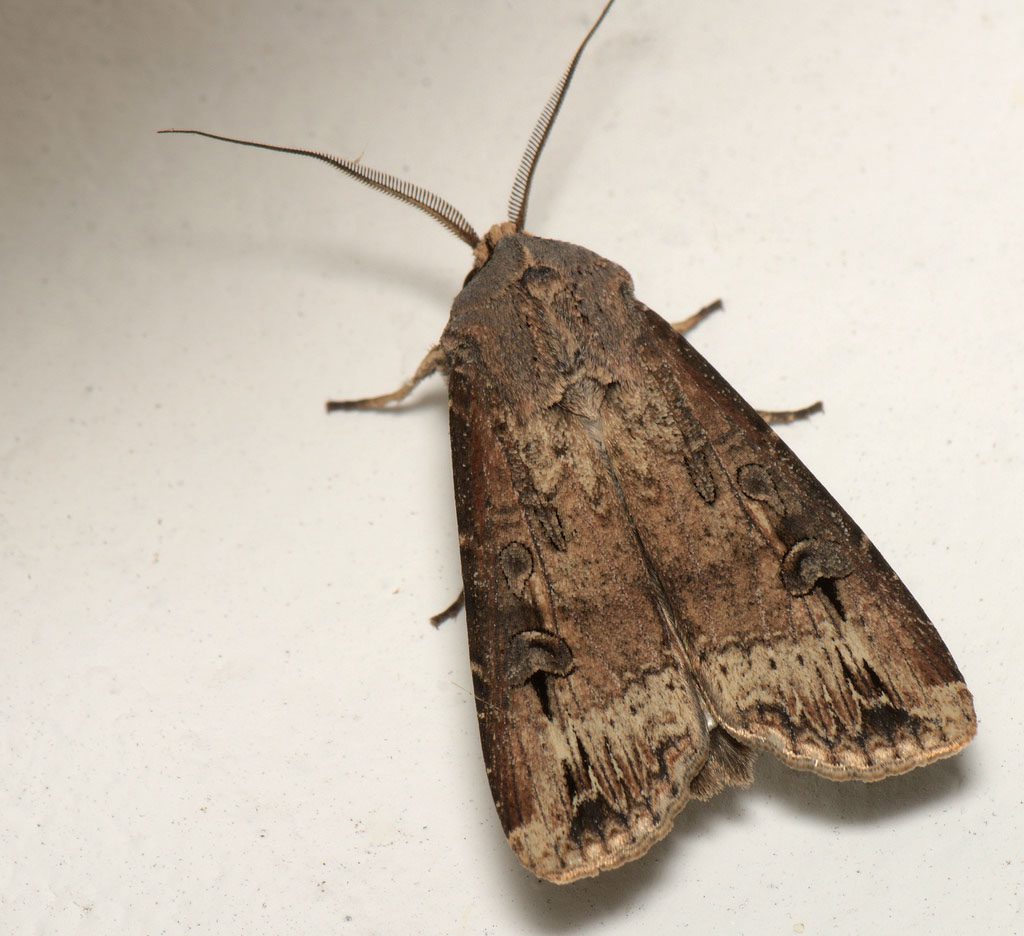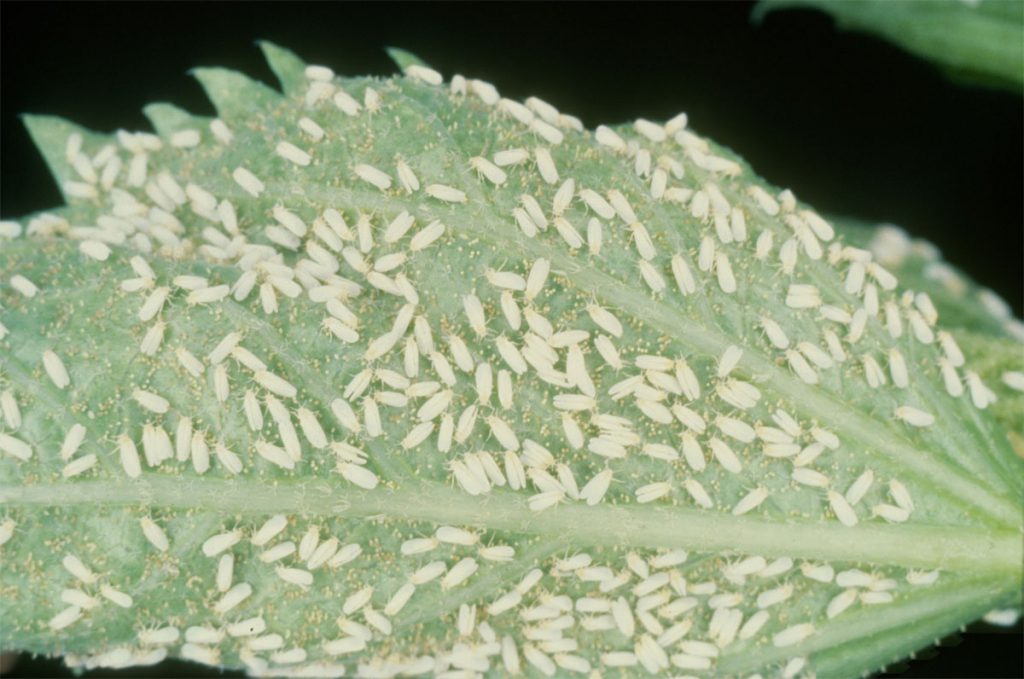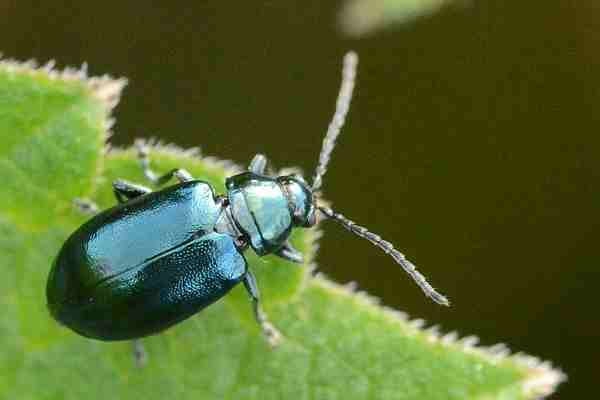Red-banded thrips are a serious pest problem for many fruit trees, such as apple, pear, peach, plum, cherry and cherry trees.
Scientific name: Panonychus ulmi
Greek name: Κόκκινος Τετράνυχος
Damage
The vegetation is affected, especially the leaves, where the red-banded thrips settle and suck sap. This causes chlorotic spots and in severe infestations the leaves turn the color of brassica. The back of the leaves browns and the damaged leaves fall off.
Pest
Adults of the red-banded thrips as soon as they appear are brownish green in color, but soon acquire the characteristic dark red color that gives them their name. The body is oval and has white spots, from which stiff hairs emerge. It has 4 pairs of legs. The male is smaller than the female and has a more intense and bright red color.
The eggs of the red-banded thrips are of two types. Winter eggs are red in color while summer eggs are light green to orange-red depending on the area and stage of development. The young larvae that hatch have 3 pairs of legs and are orange-red to reddish-brown. These develop into protonymphs and second nymphs, which have 4 pairs of legs, and eventually into larvae.
The red-banded thrip overwinters at the egg stage. It deposits its winter eggs in cracks in the bark of trees or at the base of buds and where the young branches meet the older branches. The eggs begin to develop at temperatures higher than 7 degrees Celsius. Their hatching in the apple tree coincides approximately with the “pink bud” stage. The young individuals feed on the leaves and the larvae lay eggs on the new vegetation. The red-banded thrips completes several generations per year.
Treatment
The red-banded thrips problem can become very serious if not treated early and in a rational manner. The dangerous period for rapid population growth and for the development of an initial infestation to a critical point is summer. For successful control it is recommended that orchards are monitored so that any intervention can be decided in time, at the beginning of the infestation and as soon as the population exceeds the threshold of economic damage (2 thrips per leaf). To avoid the development of resistance, acaricides should also be handled correctly and substances should be used in rotation.
Source
www.bayercropscience.gr
European Red Mite (Panonychus ulmi)
Panonychus ulmi
Redbanded Thrips on Ornamental Plants
Tags: PLANTS ENEMY





